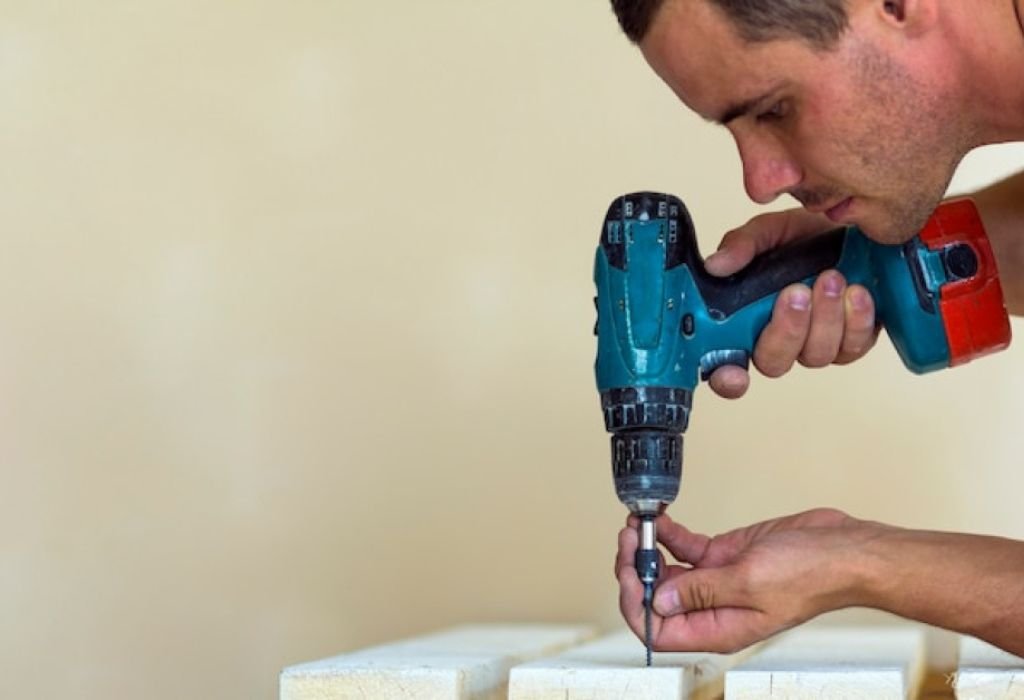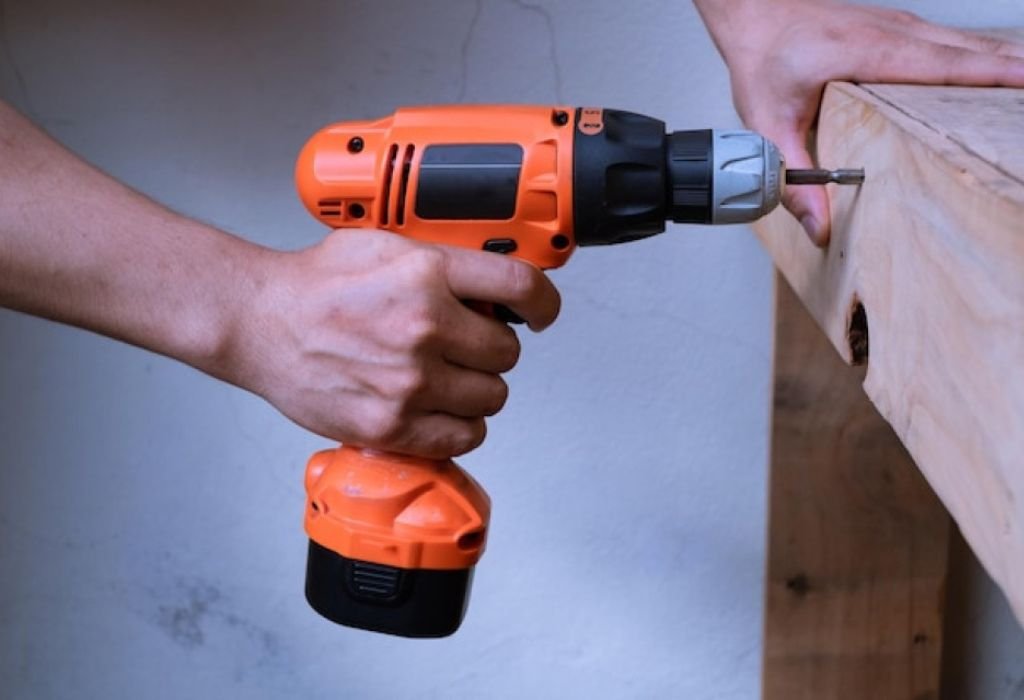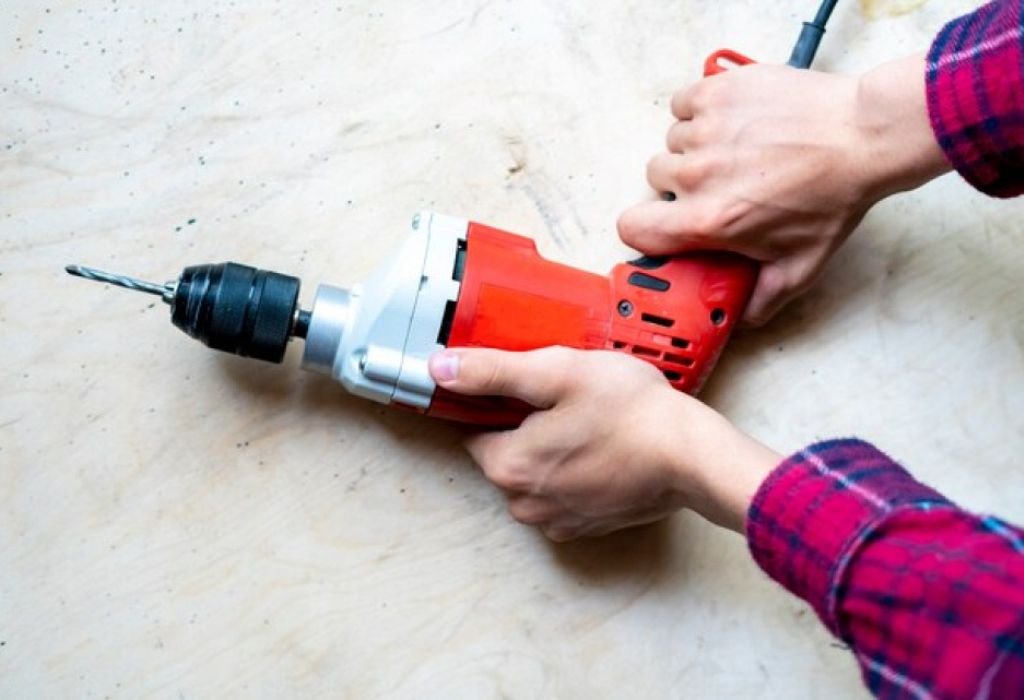A DIY enthusiast starting a home project may only have an impact driver available and wonder if it can drill holes as well as drive screws.
At first glance, the tool looks powerful enough, but its hammering action raises questions about whether it can perform delicate drilling tasks.
Many homeowners try to use it for drilling, only to discover that the results vary depending on material and bit type.
Using the wrong setup can strip bits, damage material, or create messy holes that affect the final project.
Cordless impact drivers have grown in popularity because they combine torque and compact size, making them useful in many situations.
According to Statista, cordless impact driver sales increased by more than 30% over the past five years as more homeowners invested in versatile tools.
This growth shows how frequently people attempt to use them beyond fastening screws and bolts.
The key question remains: can you really use an impact driver to drill holes, or is a dedicated drill still necessary for most projects?
Difference Between an Impact Driver and Drill

Impact drivers use a rotational hammering motion that delivers bursts of torque. Drills, on the other hand, provide smooth continuous rotation for precise hole-making.
This means impact drivers excel at driving long screws or bolts but lack the same level of precision as drills. Drills can make cleaner holes in wood, metal, or masonry.
Impact drivers usually accept hex-shank bits, while drills use standard round-shank bits in a chuck. This difference affects what kind of holes each tool can create.
Understanding these differences helps decide when it is appropriate to substitute one for the other.
Is an impact driver the same as a drill?
No, it is designed mainly for fastening.
Why does it feel more powerful?
Because it delivers bursts of torque.
Does it spin differently?
Yes, drills rotate smoothly while impact drivers hammer.
Can both tools use the same bits?
No, impact drivers need hex-shank bits.
Which tool is better for holes?
A drill, because it offers more precision.
Can You Drill Holes With an Impact Driver?
Yes, an impact driver can drill holes if the correct bits are used. Impact-rated hex-shank drill bits are designed to handle the hammering motion safely.
It works best for softer materials like wood, drywall, and light metals. For these materials, an impact driver can drill pilot holes before inserting screws.
The tool is less effective for tasks requiring clean, smooth, or accurate holes. In delicate woodworking or cabinetry, a drill is the better option.
Impact drivers are also not suitable for masonry drilling, as they lack the impact mechanism found in hammer drills.
Can impact drivers drill wood?
Yes, especially for pilot holes.
Can they drill metal?
Yes, thin sheets with the right bits.
Do they work on concrete?
No, they lack the right mechanism.
Do I need special bits?
Yes, impact-rated hex-shank drill bits.
Are the holes accurate?
No, they are often rougher than drill-made holes.
Best Drill Bits for Impact Drivers
Hex-shank drill bits are the most compatible with impact drivers. They lock into the quick-change chuck securely, reducing slippage during drilling.
Impact-rated bits are stronger and designed to withstand higher torque. Standard drill bits may snap under the tool’s hammering force.
Spade bits can be used for fast drilling in wood, particularly for larger holes. Step bits are useful for thin sheet metal projects.
For longer-lasting performance, always select bits labeled as impact-ready.
What bits should I buy?
Hex-shank impact-rated bits.
Do normal drill bits fit?
No, most require round chucks.
What are hex-shank bits?
Bits shaped for quick-change chucks.
Are impact-rated bits stronger?
Yes, they resist breaking.
Can I use spade bits?
Yes, for wood drilling.
Pros and Cons of Drilling With an Impact Driver

The main advantage is that impact drivers deliver high torque, making quick work of pilot holes and fast drilling jobs. They are also cordless and portable, allowing easy use anywhere.
However, they lack precision and can wear out bits faster due to hammering. The holes may not be perfectly clean, especially in harder materials.
Impact drivers are best used when speed and power matter more than accuracy. For repetitive, clean drilling, a drill is more suitable.
In most toolkits, an impact driver complements rather than replaces a drill.
What’s the biggest advantage?
Fast drilling with high torque.
Why is it less precise?
Because of hammering rotation.
Does it damage bits faster?
Yes, if non-impact bits are used.
Is it good for quick projects?
Yes, for pilot holes and DIY work.
Should I still own a drill?
Yes, for cleaner results.
Common DIY Uses for Impact Driver Drilling
Impact drivers excel at drilling pilot holes in wood before inserting screws. This reduces the risk of splitting boards.
They can also drill into drywall for anchors or light fixtures. Their compact size makes them useful in tight spaces.
For outdoor projects like decking, fencing, or garden structures, impact drivers save time. They can switch quickly between drilling and fastening.
Some DIYers even use them to drill small holes in plastic or thin sheet metal.
Can I drill pilot holes?
Yes, they are excellent for it.
Does it work on drywall?
Yes, for anchors and fixtures.
Can I drill into plastic?
Yes, with light pressure.
Is it good for decking?
Yes, fast for outdoor builds.
Can I build furniture with it?
Yes, for assembly and pilot holes.
When to Avoid Using an Impact Driver for Drilling
Avoid using an impact driver for masonry, stone, or concrete. It lacks the hammer drill mechanism necessary for those tasks.
It is also unsuitable for precision woodworking like cabinetry. The hammering motion can chip or crack delicate materials.
For repetitive drilling that requires exact hole sizes, a drill press or standard drill is better. Impact drivers cannot provide consistent results in those cases.
Heavy-duty drilling into thick metal should also be avoided to prevent bit damage.
Can it replace a hammer drill?
No, it is not designed for masonry.
Will it damage wood?
Yes, in delicate projects.
Is it safe for concrete?
No, use a hammer drill instead.
Does it work for cabinetry?
No, a drill is better.
When should I use a regular drill?
For precision and clean holes.
Tips for Drilling Safely With an Impact Driver

Always use impact-rated hex-shank bits to prevent breakage. Standard bits cannot handle the tool’s torque.
Apply steady, light pressure instead of forcing the tool. Forcing may cause bits to snap or holes to become uneven.
Mark holes with a pencil or punch before drilling. This improves accuracy even when using an impact driver.
Keep spare bits on hand, as drilling wears them out faster than screw driving.
Do I need safety gear?
Yes, goggles and gloves are recommended.
Should I drill fast or slow?
Slow, steady drilling works best.
How to keep holes straight?
Mark and stabilize the bit before starting.
Do bits wear out faster?
Yes, under high torque.
Can I overheat the tool?
Yes, with continuous drilling.
Conclusion
Yes, you can use an impact driver to drill holes, but it is not always the ideal tool. With hex-shank impact-rated bits, it performs well in wood, drywall, and thin metals.
It is less precise than a drill and should not be used for masonry or delicate woodworking. For professional or high-precision tasks, a drill remains essential.
Impact drivers excel in quick projects where speed and torque are more valuable than clean accuracy. They are perfect for pilot holes, decking, and fast DIY tasks.
Final advice: own both tools if possible, using the impact driver for power and convenience and the drill for precision in 2025.

I’m John F. Nicholas, the founder, lead writer, and drill enthusiast behind 101drill.com. With years of hands-on experience in power tools and DIY projects, I created this platform to share practical knowledge, expert tips, and real-world insights to help others master the art of drilling.
